When you think of fire, some things may come to mind. You are more than likely to notice the heat. But it’s also the dazzling flames- oranges, reds, and searing whites.
The color of flames can be very different, and there are a variety of different hues or shades of these colors:
You will notice that color and temperature have a connection. The hotter the flames the different the colors that you will see, no matter whether you’re sitting around a firepit or inside in front of your electric fireplace. Things can be more complicated as the material being burnt can also influence the colors of the flames.
When a candle is lit, you will observe that part of the candle is blue and the same thing can be said about a fireplace. Looking at the different temperatures, this is not a big surprise.
Contents
Flame Colors and Temperature Chart: What color is the hottest flame?
While it is not an exact science, it is possible to have a chart to show how the flame temperatures and the flame colors relate to each other.
- Just visible red is the first visible color with temperatures between 900 and 1,000 F.
- Dull red flames begin from 1,000 to 1,650 degrees
- Bright red flames or cherry red flames are between 1,650 and 1,800
- Orange flames are from 1,800 to 2,100 degrees
- Bright yellow flames are 2,100 to 2,500 degrees
- White flames are very hot at 2,500 to 2,900 degrees
- Temperatures that make blue flames are often too hot for the campfire. They are often seen when working with metals, such as in the welding field
How To Change The Colors Of Your Fire
Whenever I’m cold, I love to put on the fire in my fireplace. It’s quite calming, and it really warms up the room. The only problem is that the color of the fire is never changing.
That’s why I bought these color changing fire packets to change it up a little bit in my fireplace:
When I noticed how much more lovely they made my fireplace, I decided to share them with you all!
We all love our fireplaces. A lot of us like to change the color of the fire within them. However, it is not always possible to do this and sometimes we don’t want to.
But now there are special packets that change the color of flames when added to a fireplace- modifying the mood or atmosphere in your home.
On the one hand, these packets are environmentally friendly because they use no gasses like propane or smokeless fuel. On the other hand, they could be hazardous if not handled properly.
Colors by Science
How the Different Colors are Produced
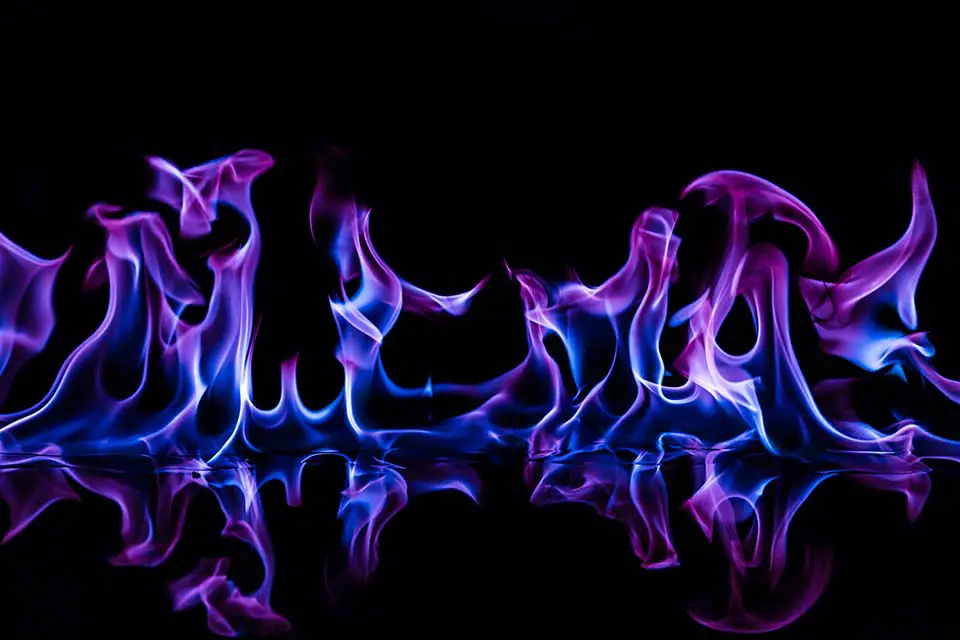
When you see light you are looking at the electromagnetic spectrum. This is the visible light that you can see. The light that you can see is only a small part of this spectrum. The light waves will have different wavelengths, the distance between points, and the frequency of the number of rays per second that pass a specific point.
The product of the wavelength along with the frequency of the wave is the speed of light. This is (3 X 108 m/s) and it does not matter the type of EM wave that is coming through.
Any waves that are less than 440 nanometers are radio waves towards the lower end than the microwaves. Above 7X 107m there are X-rays and gamma rays. They have more energy and a higher frequency. This will have a direct impact on the flame colors from a fire.
Visible light includes radiation that is seen by the human eye. There is a specific order that we see colors in.
That order is red, orange, yellow, green, blue, indigo, and violet. To remember this people often use the acronym Roy G Biv. The colors will stay in this order for fire too.
Heat Physics
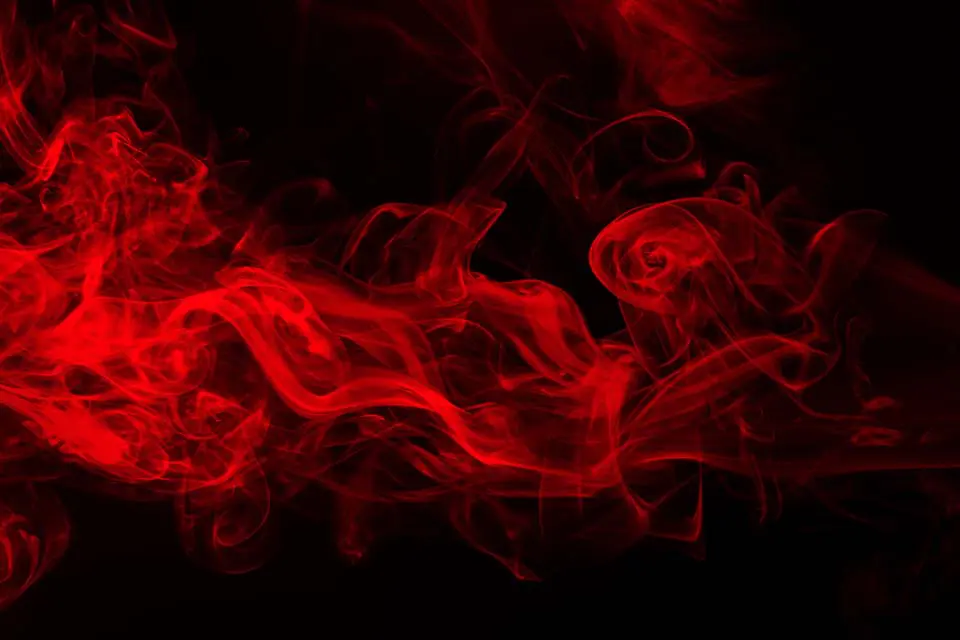
There is fire on Earth due to material combustion. To have this reaction oxygen is needed in a gas form.
There are other factors that will influence the heat of the flames. This includes the nature of the burning material and the fuel. The more material and the more oxygen there is, the fire will grow.
Heat can be measured with an energy unit. Heat moves from a high density to regions of lower density as the molecules diffuse.
Light and heat are both desired from fire. Light way and energy make the colors. The faster the fire is going the more heat is made and it will be hotter near the origin of the flames.
Flame Types
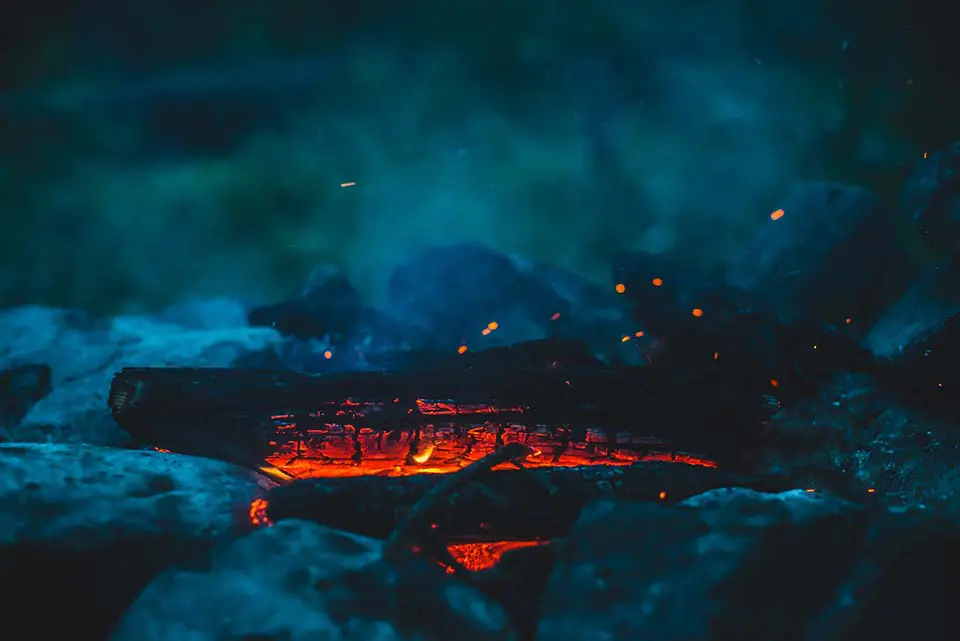
Different materials will produce different colors when burned. Sodium that combines with chlorine will form ordinary salt.
When this is burned, the color will be bright orange. There is sodium present in many types of woods. The flames will show orange or dark yellow colors when branches or sticks are burned.
The blue color is the wood is from carbon and hydrogen.
They are high on the visible light spectrum, and they will make a blue or violet color. When copper is exposed to the air for a period of time, it will turn green. When it is burned, it will look blue or green.
The metal lithium will burn red. In the center of the flame, there is a dull orange or a dark space. This is blackbody radiation and is due to high temperatures. Metals that can heat up quickly may show this.
Fire Temperature
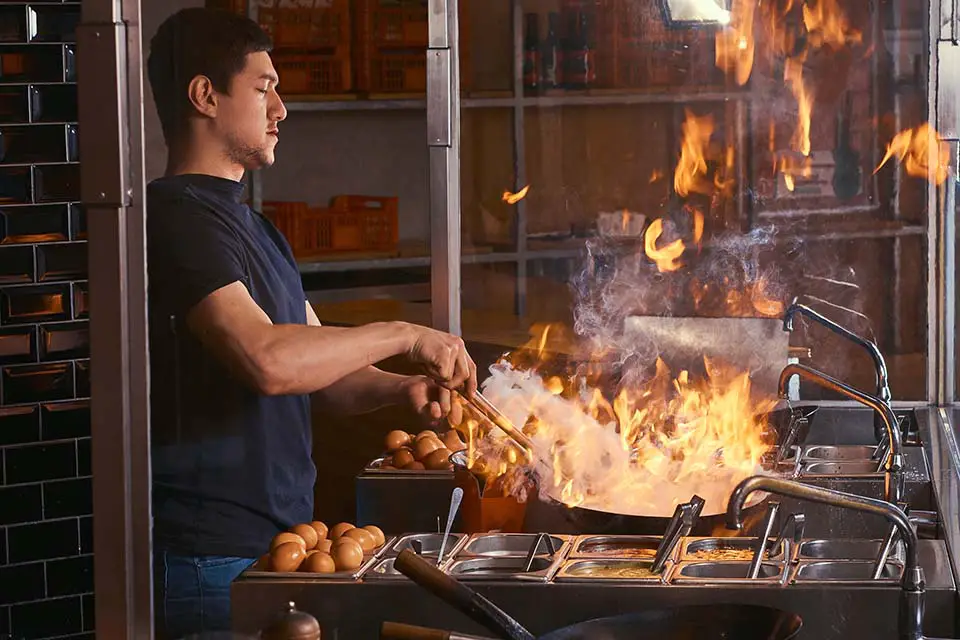
Before looking at the colors some fires will burn at a specific temperature and it is helpful to know the temperatures when looking for the color.
The flame from a candle at the outer core has a temperature of about 2,500 degrees F.
The core of the flame is not hot. It has a core temperature of 1,450 degrees F. This is very hot for such a small flame.
The walls of the standard overreach temperatures of around 900 F. When cooking or baking food, it is only about half the flame’s temperature.
If there is a fireplace in the home, you will want to stay warm from a distance.
The flames from the fireplace can reach temperatures of up to 1,100 F. A bonfire that is in the yard and uses charcoal and wood as fuel can be even hotter. It can reach temperatures of 2,000 F.
The Bunsen burner used in experiments can also reach this temperature. The hottest thing is the inner core of the sun. The inner core is around 3,600,000 degrees making everything else seem tame.
How are Temperatures and Flames Related
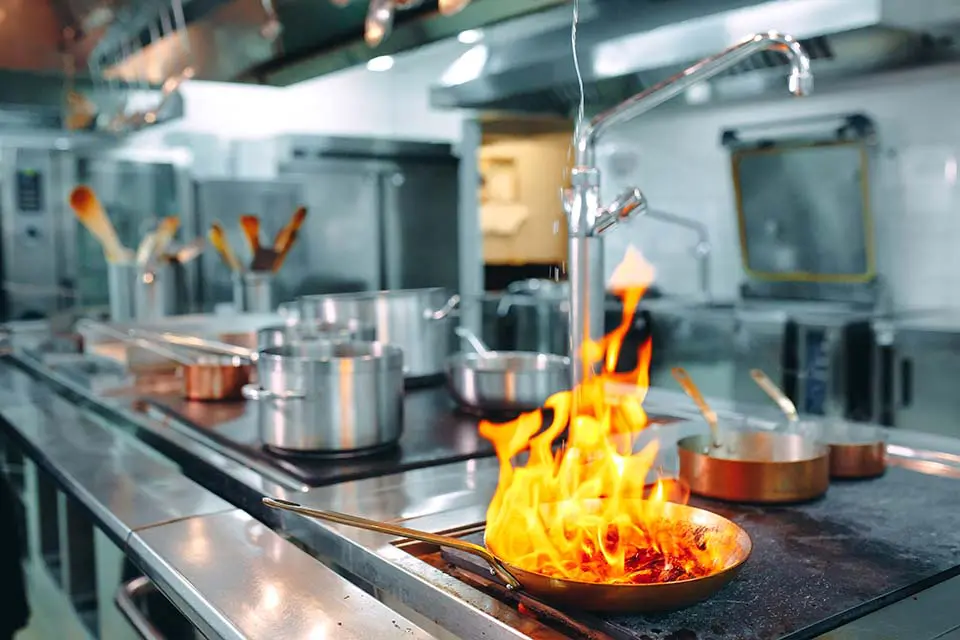
The type of material that is being used will affect the temperature and the color of the flame.
There are different candle temperatures and one fire is going to have a range of temperate in it. This will explain the color variations.
When an item is heated it will turn into gas. This is something that we cannot see.
The gas will then react with the oxygen if they are combustible. This will lead to a fire that is heated and if it is controlled, there will be specific colors. There will be a reddish color, and there will be orange along with bright yellow flames. This will show that there is an increase in energy and the amount of heat that is being released in the fire.

